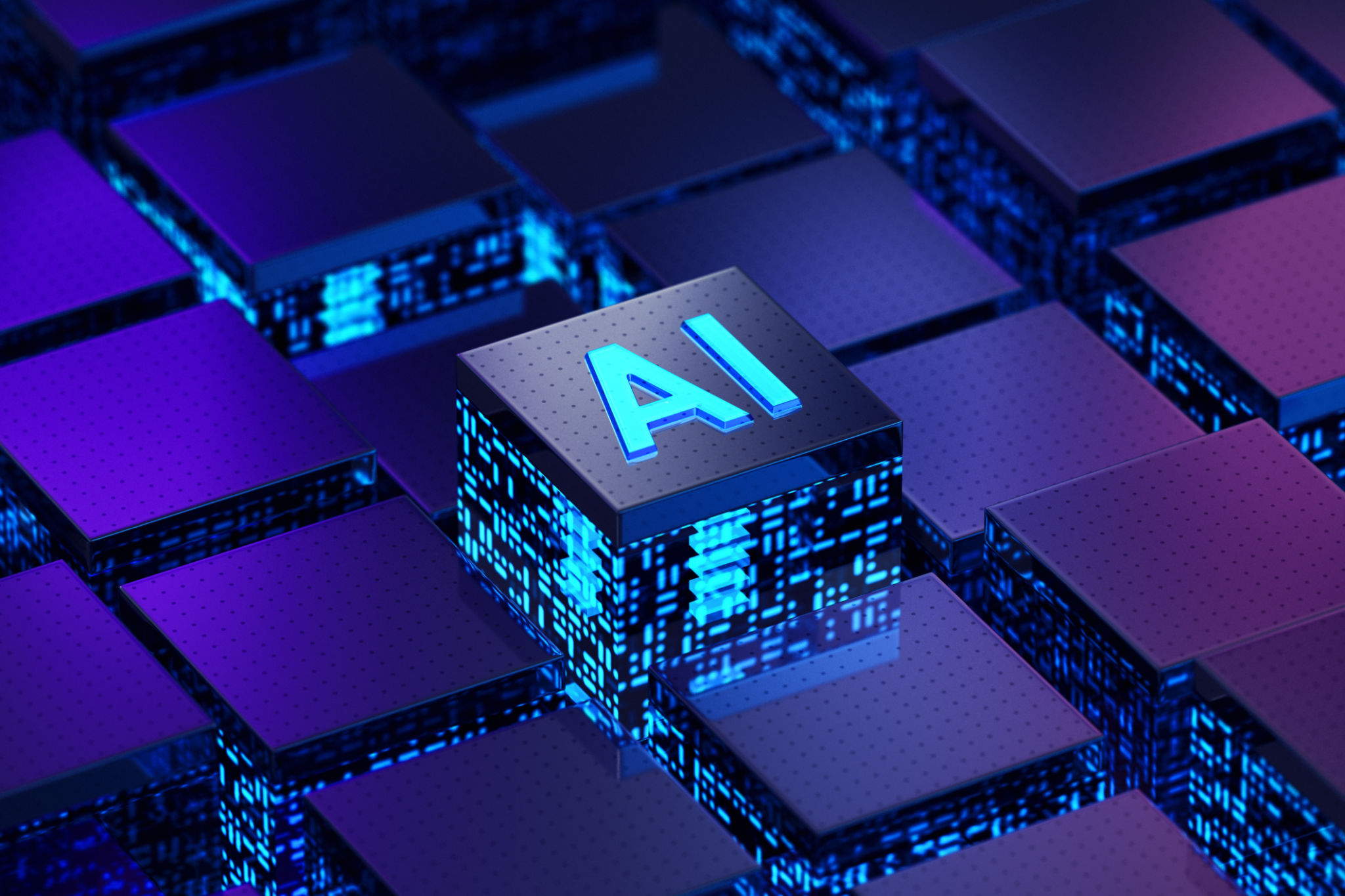The Role of AI in Enhancing Blockchain Ecosystems
UR
Introduction to AI and Blockchain
Artificial Intelligence (AI) and blockchain technology are two of the most innovative advancements in the digital world today. While AI focuses on creating intelligent machines capable of simulating human intelligence, blockchain provides a decentralized platform for secure and transparent transactions. The integration of AI into blockchain ecosystems has the potential to enhance efficiency, security, and scalability.
This synergy is paving the way for new applications and solutions across various industries. By leveraging the strengths of both technologies, businesses can harness the power of data and ensure its integrity, opening up a plethora of opportunities for growth and innovation.

Improving Security and Transparency
One of the most significant benefits AI brings to blockchain ecosystems is enhanced security. By using AI-powered algorithms, blockchain networks can identify patterns and anomalies that may indicate fraudulent activities. This helps in strengthening the security measures and protecting sensitive data from breaches.
Moreover, AI can automate the process of verifying transactions on the blockchain, ensuring that each transaction is legitimate and trustworthy. This automation not only reduces human error but also improves transparency, as all transactions are recorded on an immutable ledger accessible to all participants.
Fraud Detection and Prevention
AI algorithms can analyze vast amounts of data rapidly, enabling them to detect potential fraud in real-time. By continuously learning from previous patterns, these systems can predict and prevent fraudulent activities before they occur, providing an additional layer of security to blockchain networks.
Enhancing Efficiency and Scalability
Blockchain technology often faces challenges related to scalability and efficiency due to its decentralized nature. AI can help overcome these challenges by optimizing data processing and management. Through machine learning techniques, AI can predict network congestion and adjust transaction processing speeds accordingly.
This optimization leads to faster transaction times and reduced energy consumption, making blockchain networks more sustainable. As a result, businesses can scale their operations without compromising on speed or performance.

Smart Contract Automation
AI also plays a crucial role in automating smart contracts, which are self-executing contracts with the terms directly written into code. By incorporating AI, smart contracts can become more intelligent and capable of handling complex transactions that require decision-making based on specific data inputs.
This automation reduces the need for intermediaries, lowering transaction costs and increasing the speed of execution. Furthermore, smart contracts powered by AI can adapt to changing circumstances, ensuring that they remain relevant and effective over time.
Facilitating Data Analysis and Insights
Data is the backbone of both AI and blockchain technologies. By integrating AI into blockchain ecosystems, businesses can gain deeper insights from their data. AI algorithms can analyze blockchain data to identify trends, patterns, and correlations that may not be immediately evident to human analysts.
This capability enables companies to make informed decisions based on real-time data insights, enhancing their strategic planning and operational efficiency. Additionally, AI-driven analytics can help identify new market opportunities and drive innovation within industries.

Challenges and Future Prospects
Despite the numerous benefits, integrating AI with blockchain ecosystems is not without challenges. Issues such as data privacy, interoperability, and regulatory compliance must be addressed to fully realize the potential of this integration. However, ongoing research and development efforts are paving the way for overcoming these hurdles.
The future of AI in enhancing blockchain ecosystems is promising. As these technologies continue to evolve, they will undoubtedly unlock new possibilities for businesses across sectors. By embracing this powerful combination, companies can stay ahead in a rapidly changing digital landscape.
